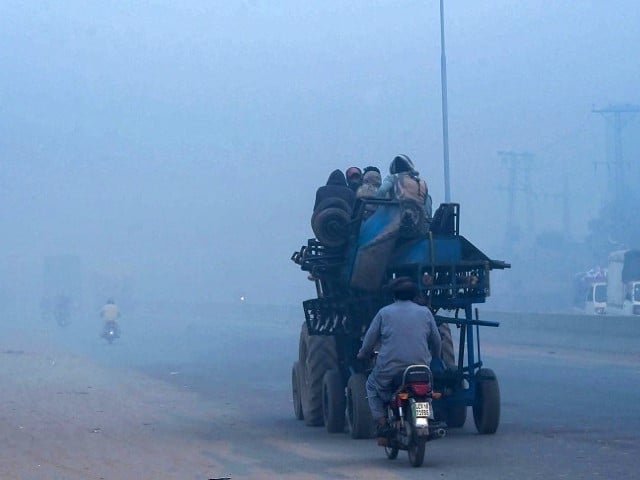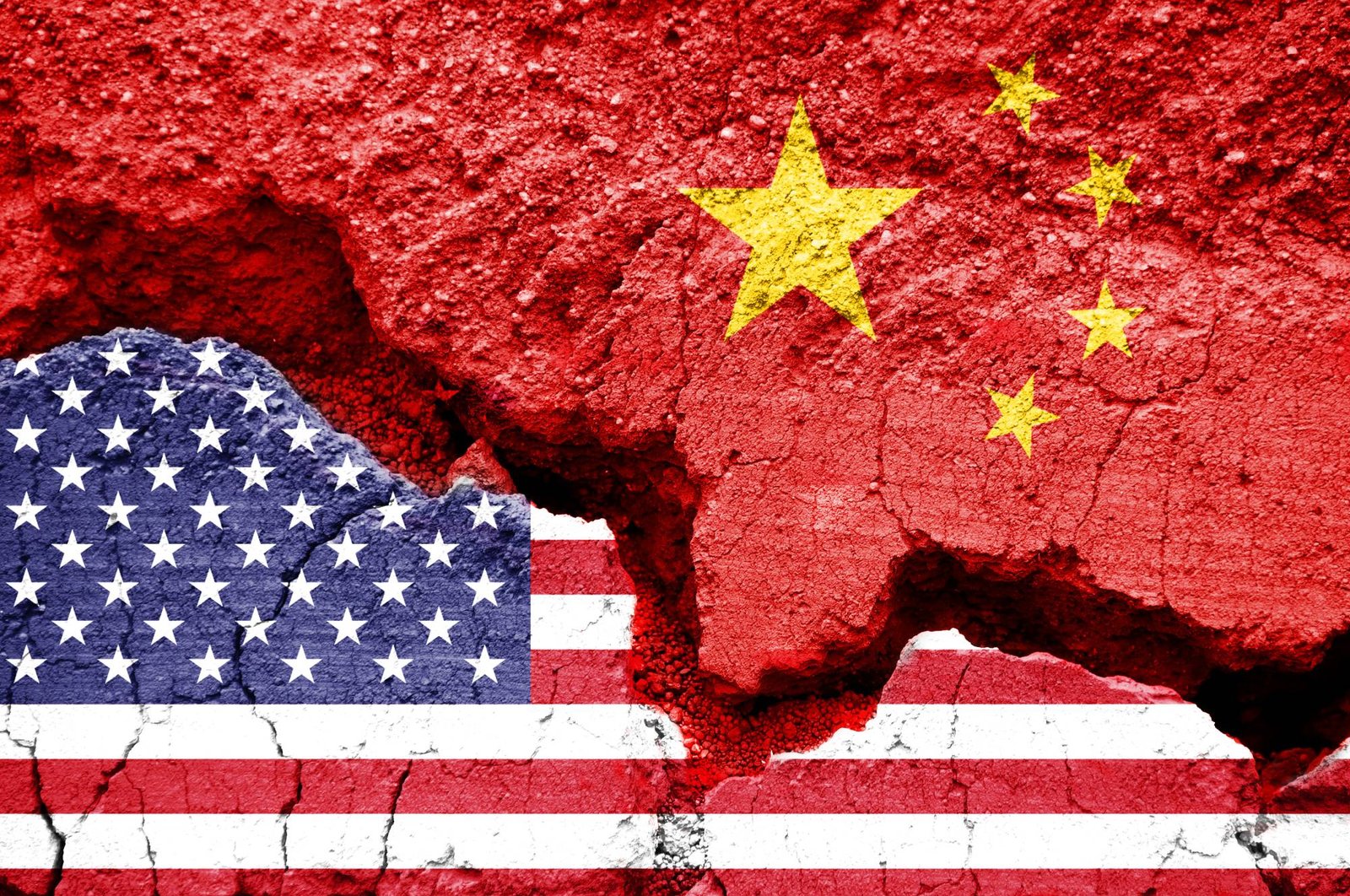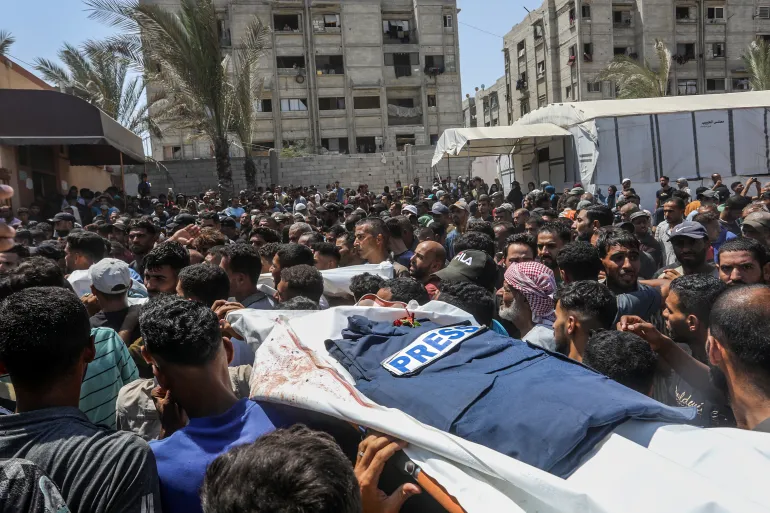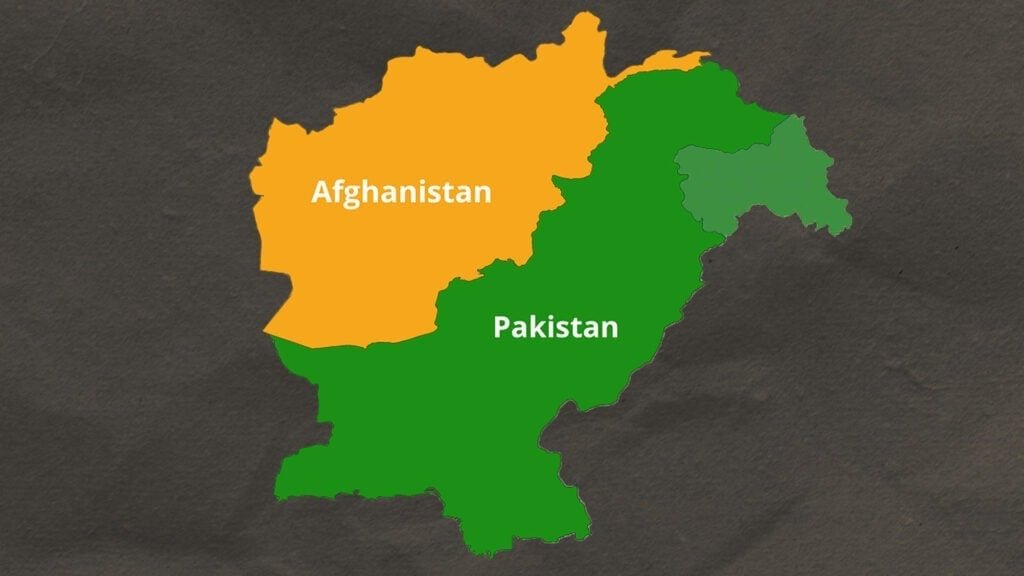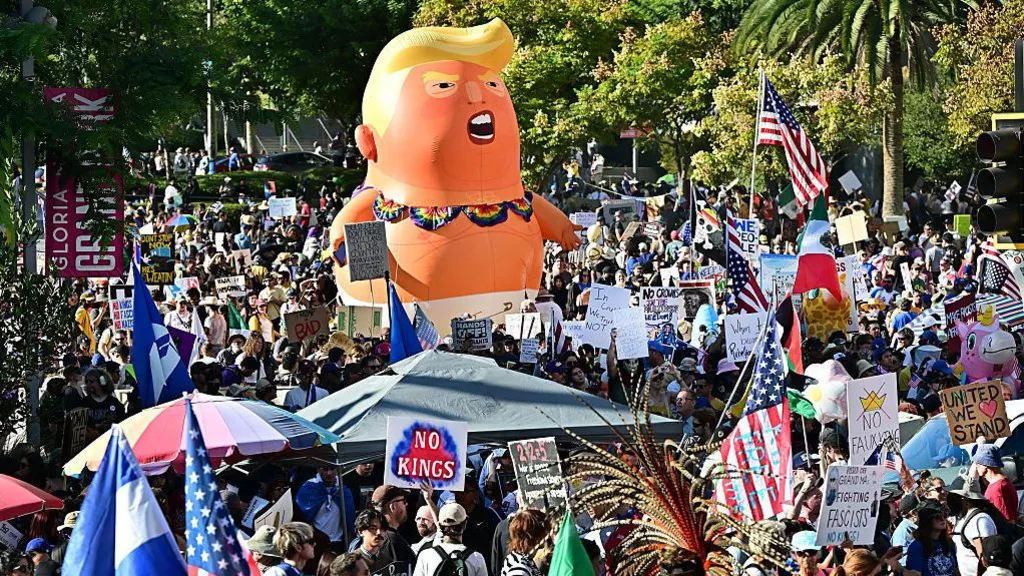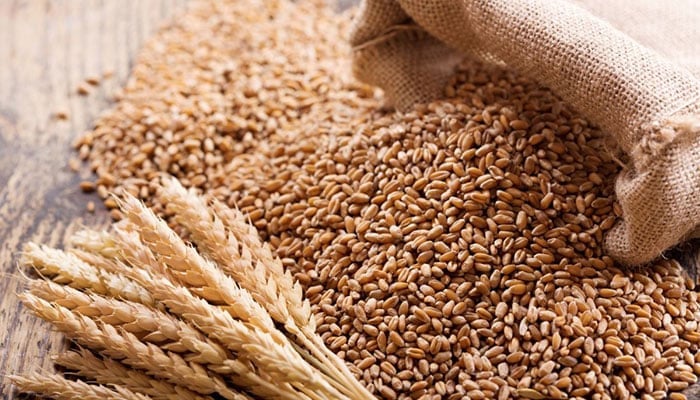Punjab continues to grapple with a severe smog crisis, as several cities, including Lahore and Multan, remain covered in thick, grey smog. The region is facing its annual winter air pollution, which has worsened in recent years due to a mix of cold air that traps dust and harmful emissions, the burning of crop residues, and fumes from low-grade diesel.
The air quality in Lahore reached “hazardous” levels on Saturday, with the Air Quality Index (AQI) soaring to 766 around 9 am, according to IQAir. The concentration of PM2.5 pollutants—tiny particles in the air that are harmful to health—was found to be 87 times higher than the safe level set by the World Health Organization.
Multan also ranked as one of the most polluted cities in the country, though the AQI of 396 was an improvement over last week’s dangerously high levels. Meanwhile, Karachi, with an AQI of 188, ranked as the sixth most polluted city in the world, falling into the “unhealthy” category.
The hazardous air quality has disrupted daily life, causing poor visibility and significant traffic problems. Major roads, including the M4 Motorway from Multan to Toba Tek Singh and the M5 from Multan to Sukkur, were closed due to thick fog. The district administration in Lahore has announced a two-day closure of all markets this weekend, and medical staff in Lahore and Multan have had their leaves canceled as both cities have declared a health emergency.
In a tragic incident, a man was killed by a trailer in Rajanpur due to the poor visibility caused by smog. With no immediate relief in sight, residents have been urged to stay indoors and avoid unnecessary travel.
To protect students from the dangerous air, the provincial government has extended school closures in Lahore for another week, with all educational institutions moving to online classes. Hospitals in Lahore and Multan are on high alert, as both cities are experiencing a rise in respiratory issues and other health problems linked to the smog.
Lahore has been ranked as the world’s most polluted city for much of the week, according to Swiss group IQAir. In response to the worsening conditions, authorities have also imposed restrictions on outdoor public spaces, including parks and playgrounds.
As the smog continues to smother the region, authorities are advising residents to wear masks and limit outdoor activities. The situation is further complicated by neighboring India’s pollution, with New Delhi—one of the most polluted cities in the world—also facing a pollution crisis. In response, New Delhi has imposed construction bans and urged citizens to limit the use of coal and wood.



